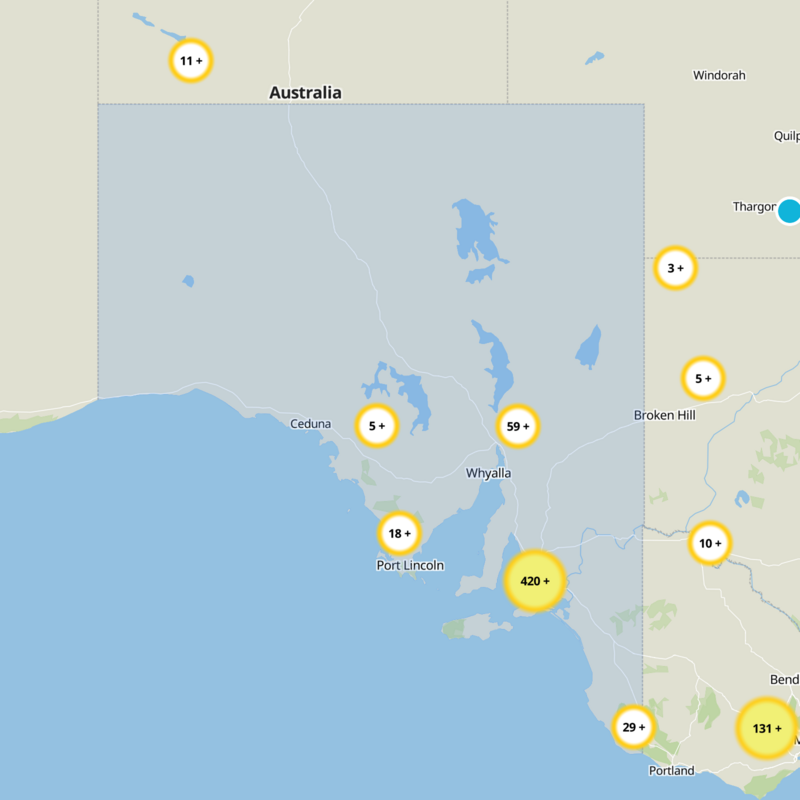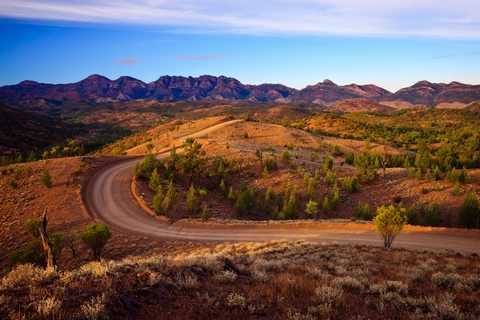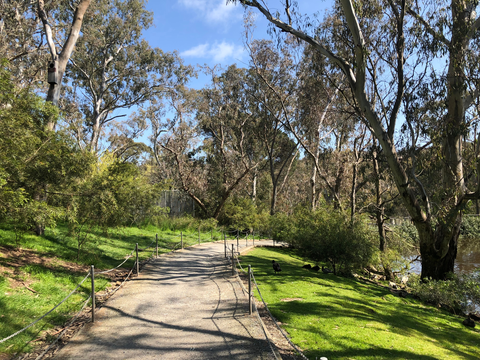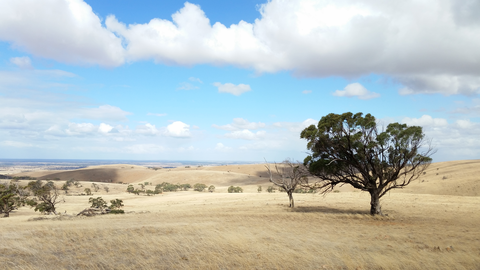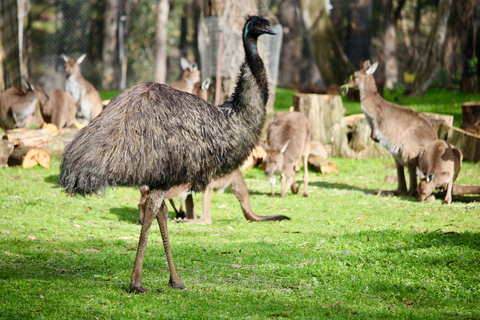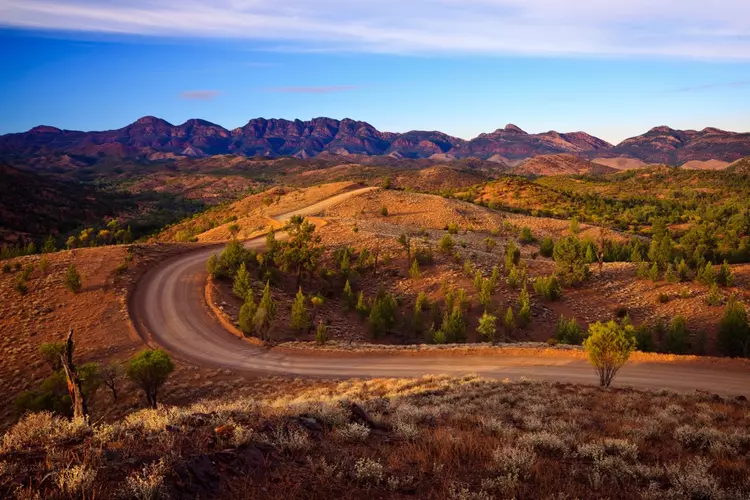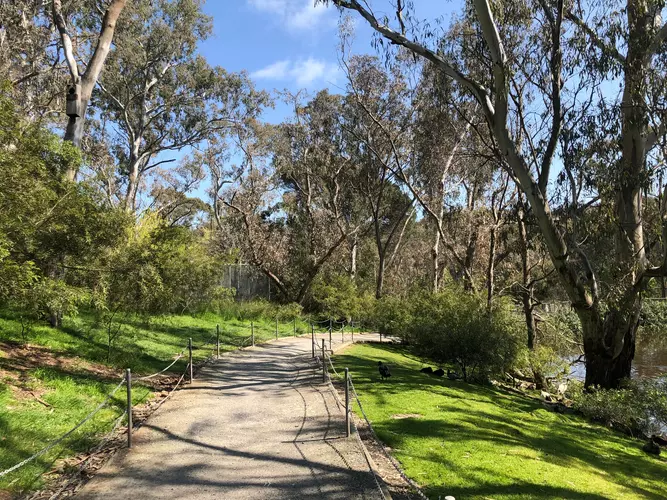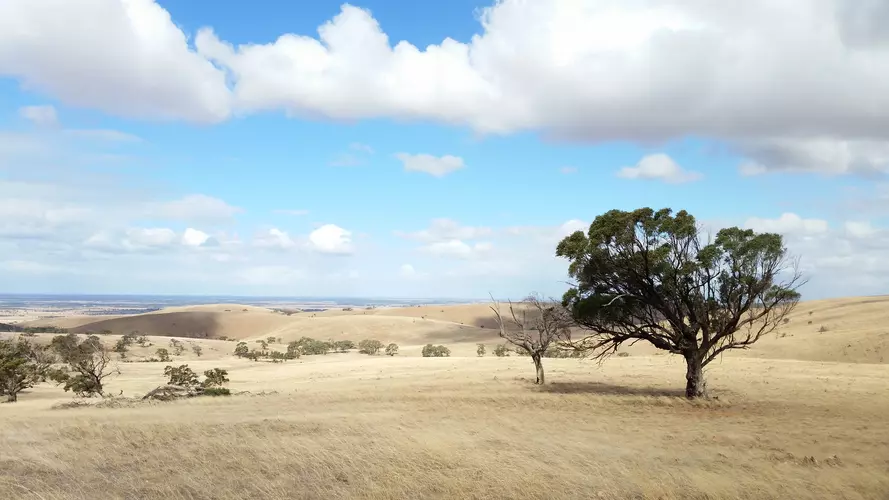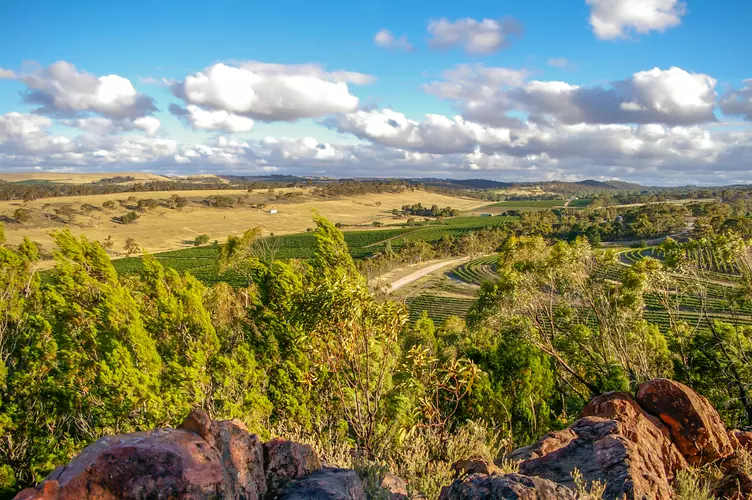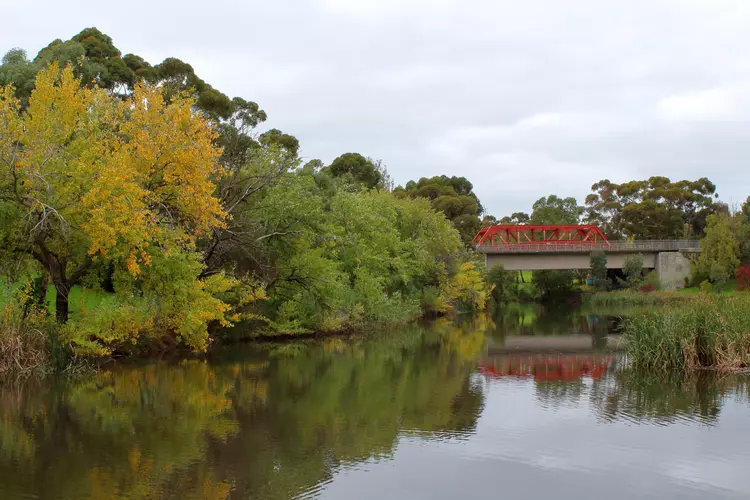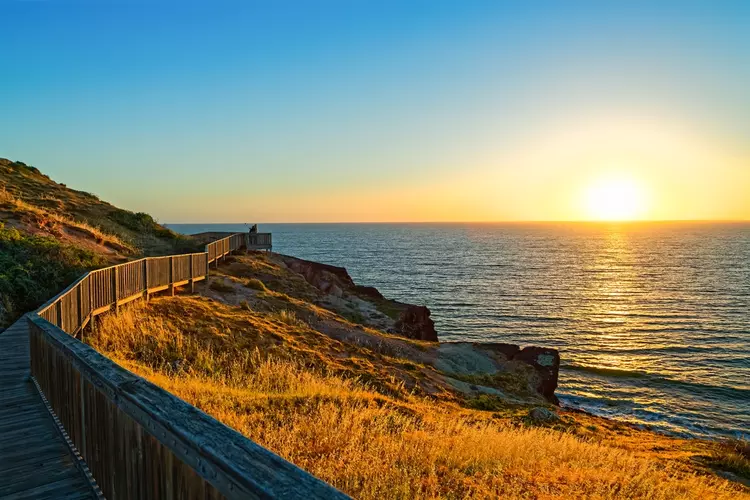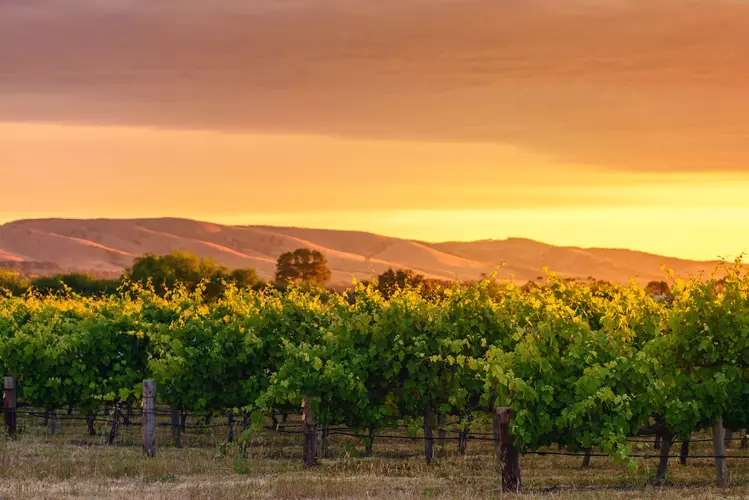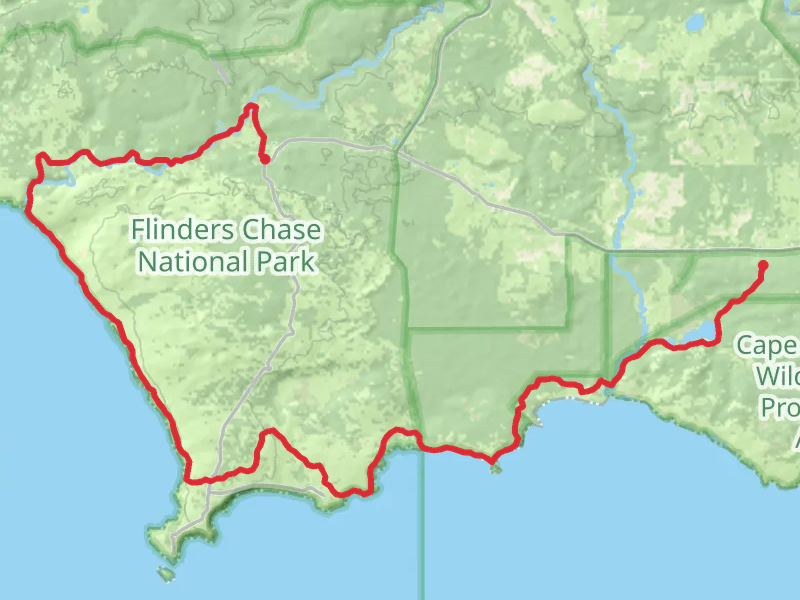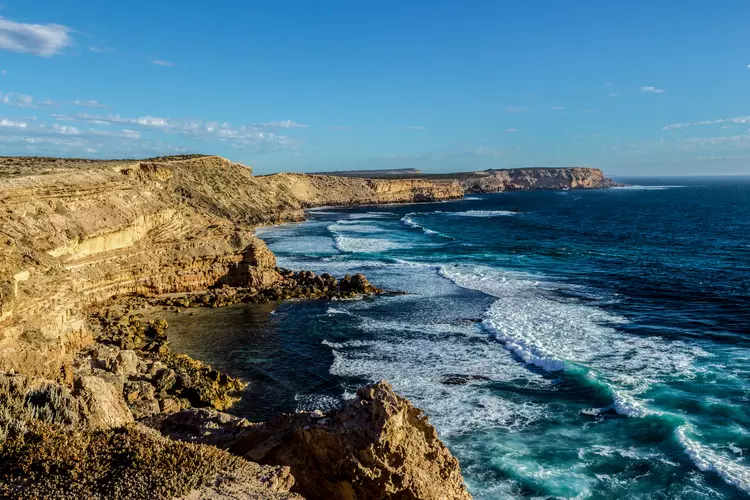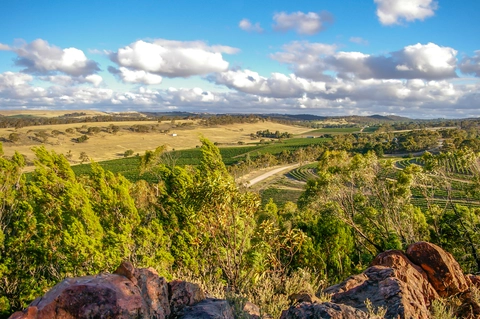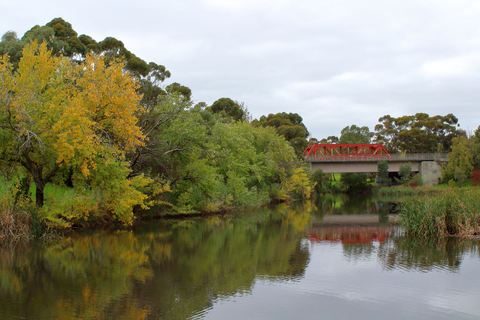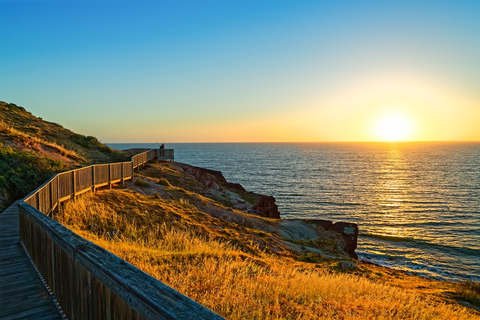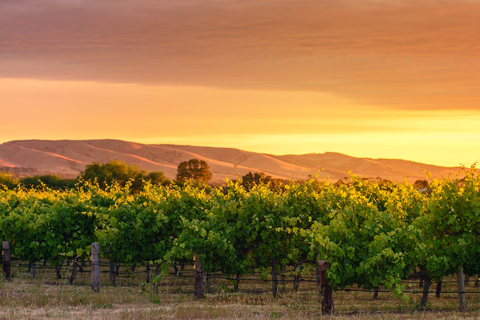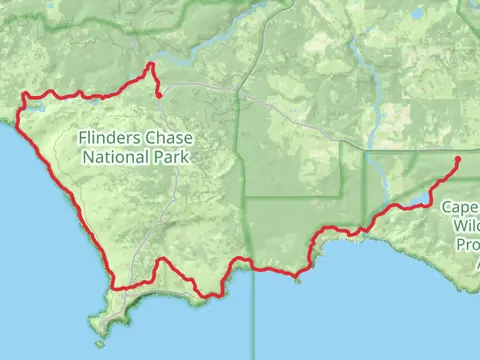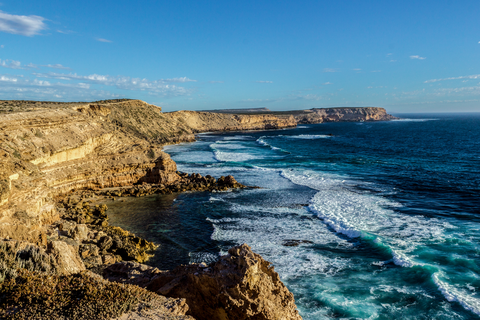"Discover South Australia's diverse landscapes, from Flinders Ranges' rugged beauty to Kangaroo Island's coastal splendor."
Embark on an unforgettable adventure in South Australia, where diverse landscapes await every hiker. Traverse the rugged beauty of the Flinders Ranges, where ancient rock formations and vibrant wildlife captivate the soul. Wander through the lush vineyards of the Barossa Valley, or explore the coastal splendor of Kangaroo Island, where pristine beaches meet dense bushland. Each trail offers a unique tapestry of nature, history, and culture, promising an inspiring journey for all who tread its paths.
Most popular hikes
FAQs about hiking in South Australia






